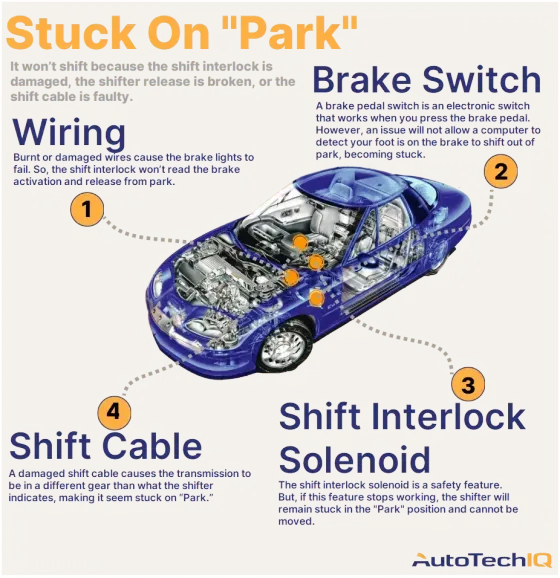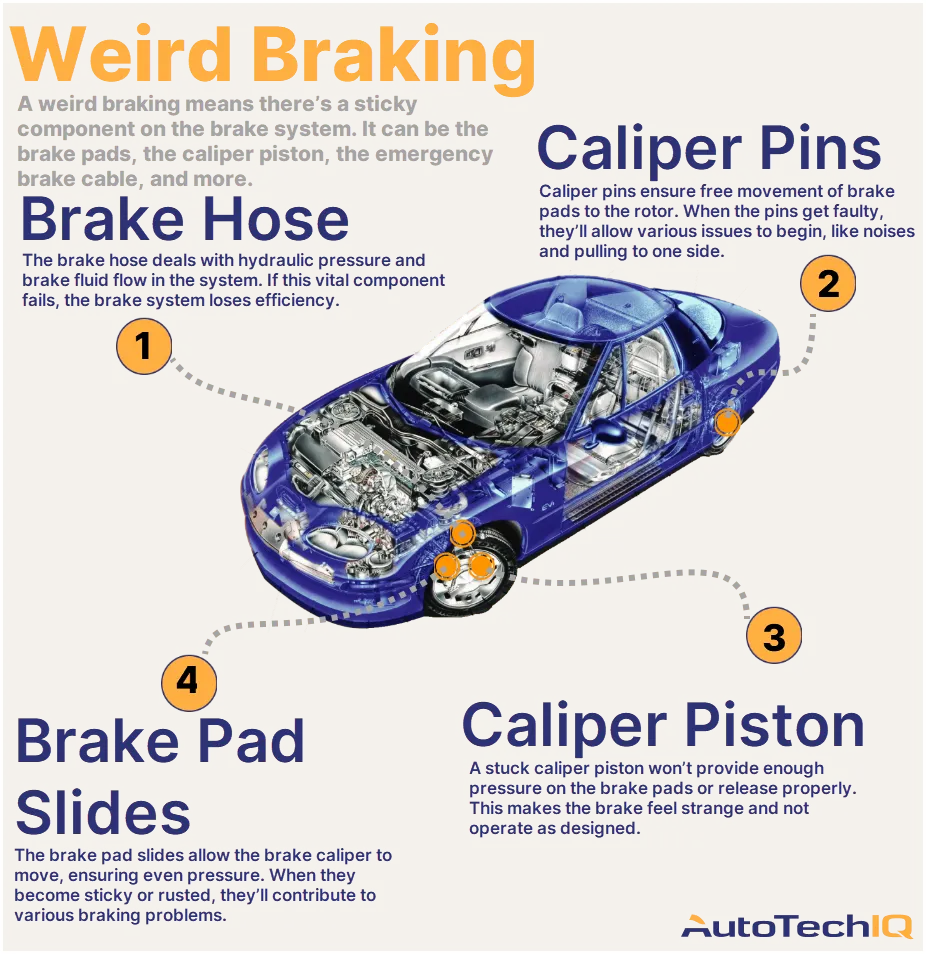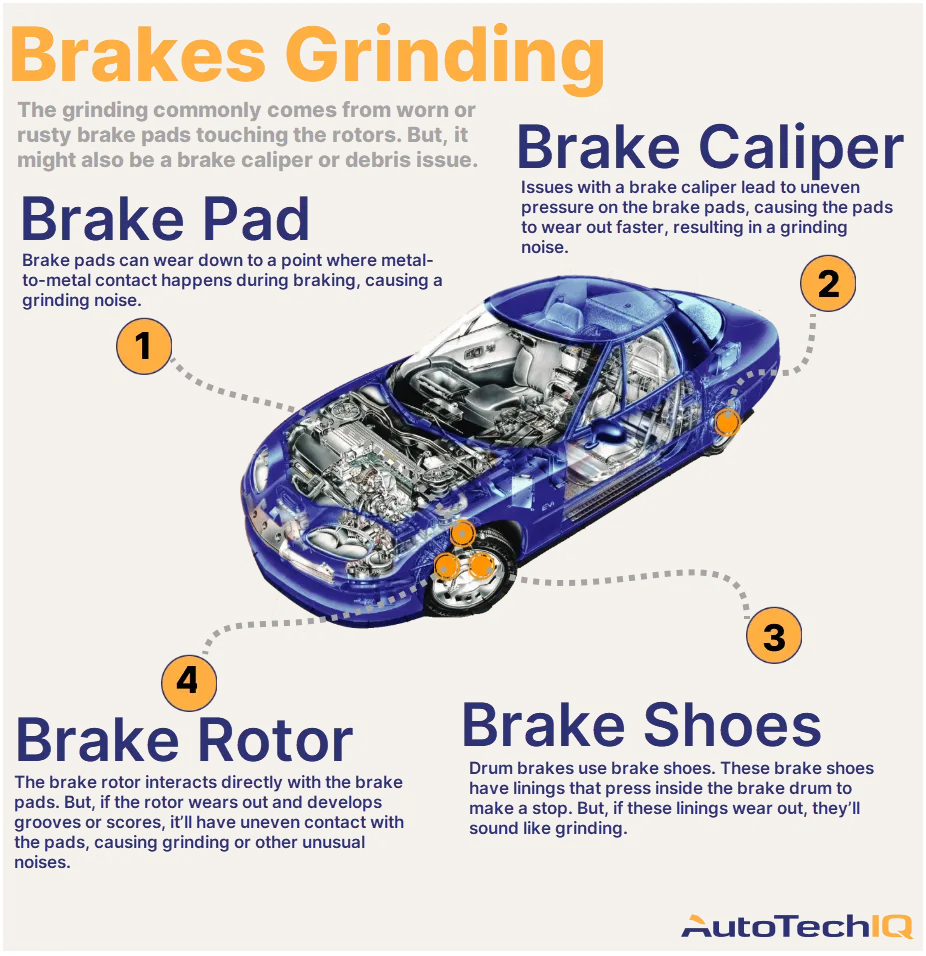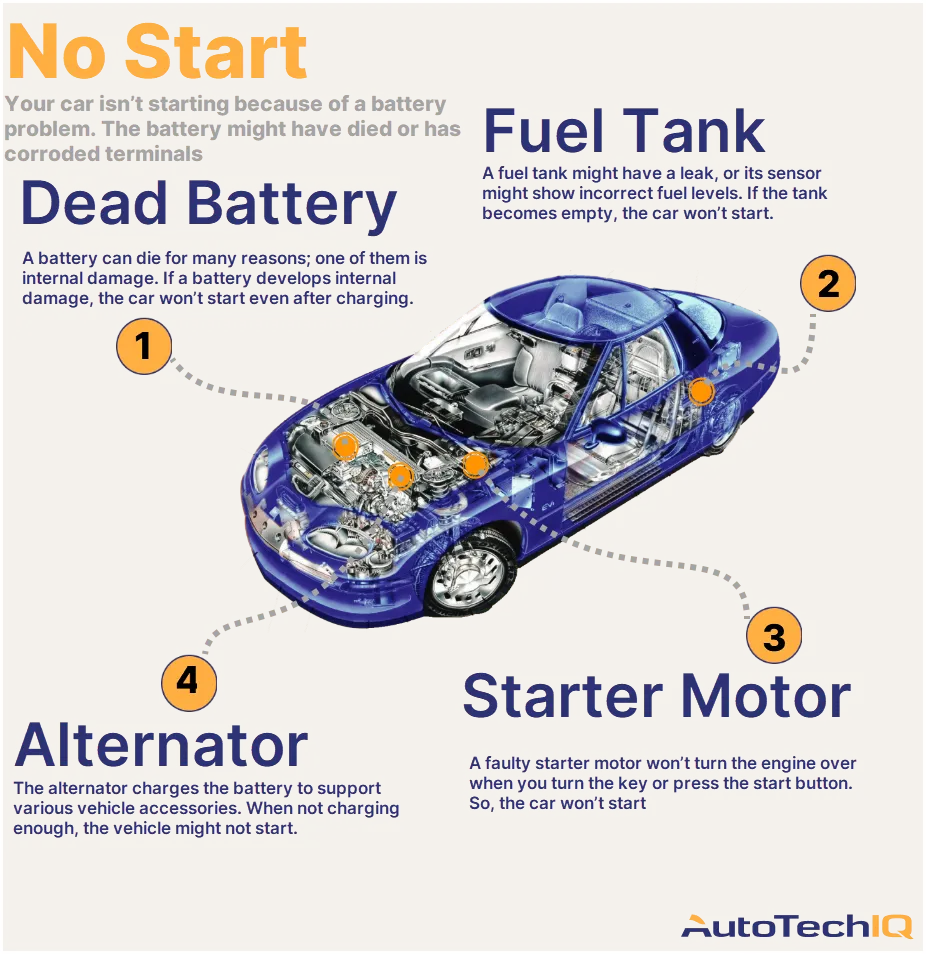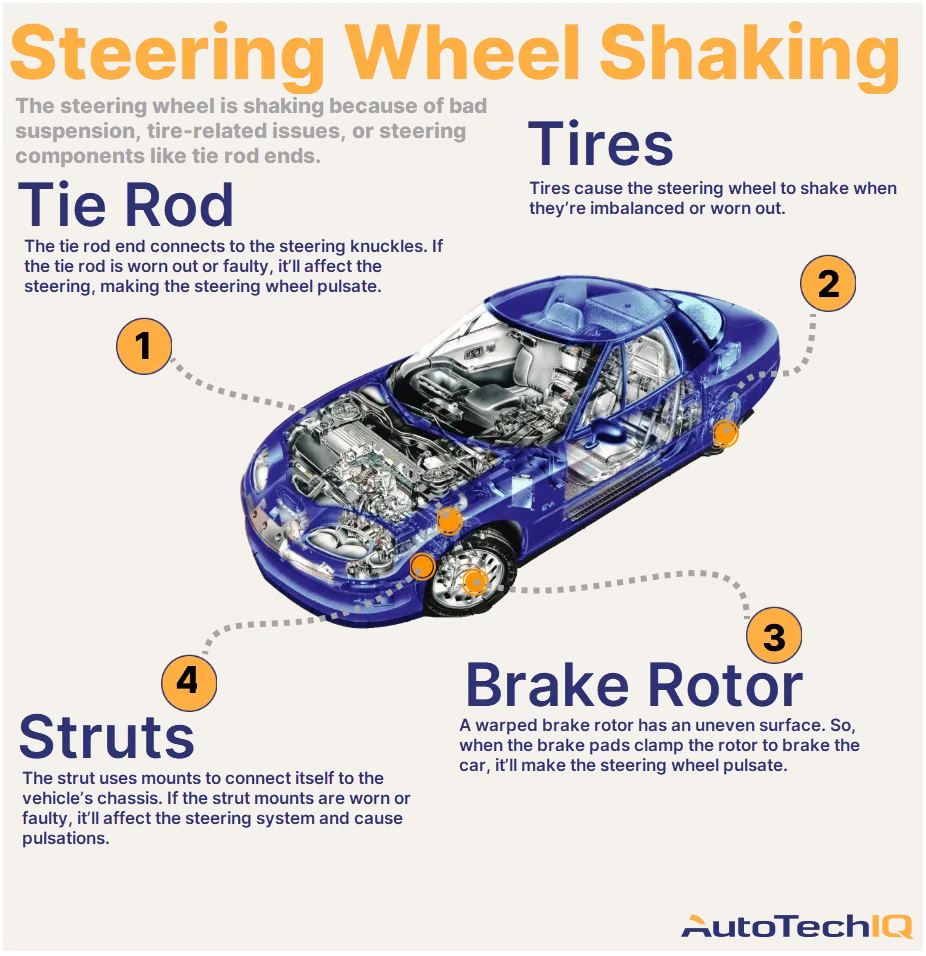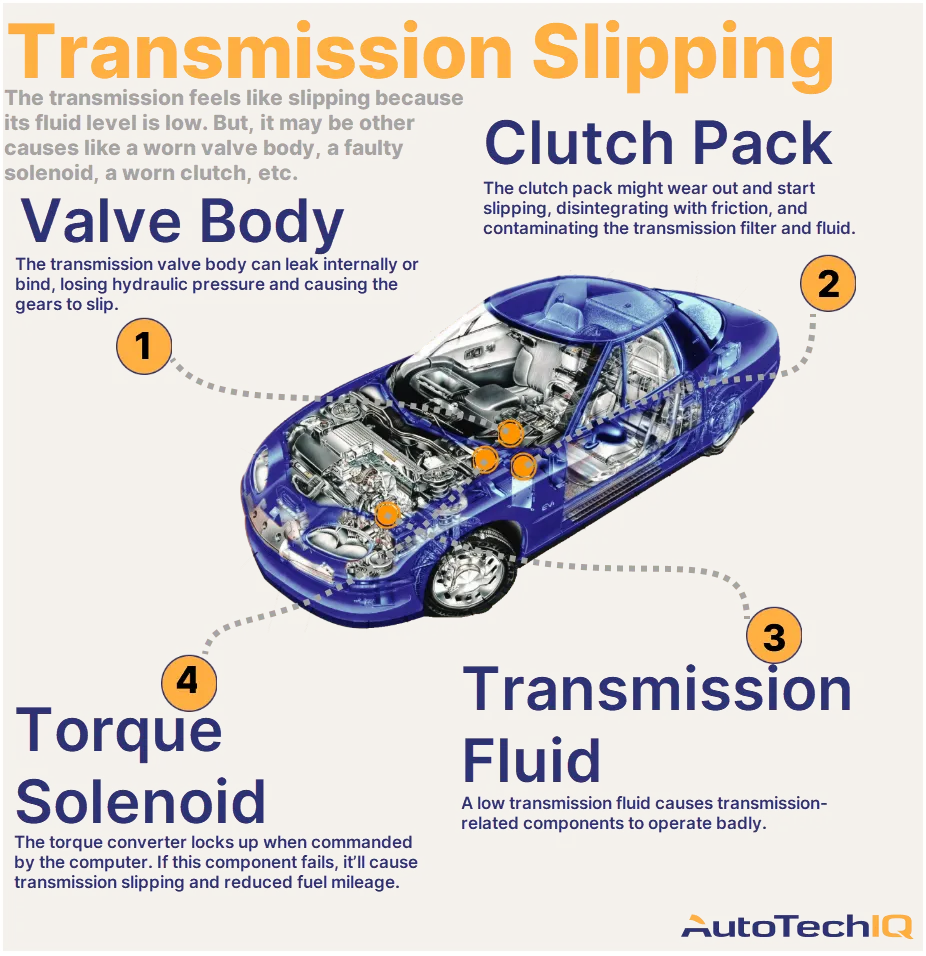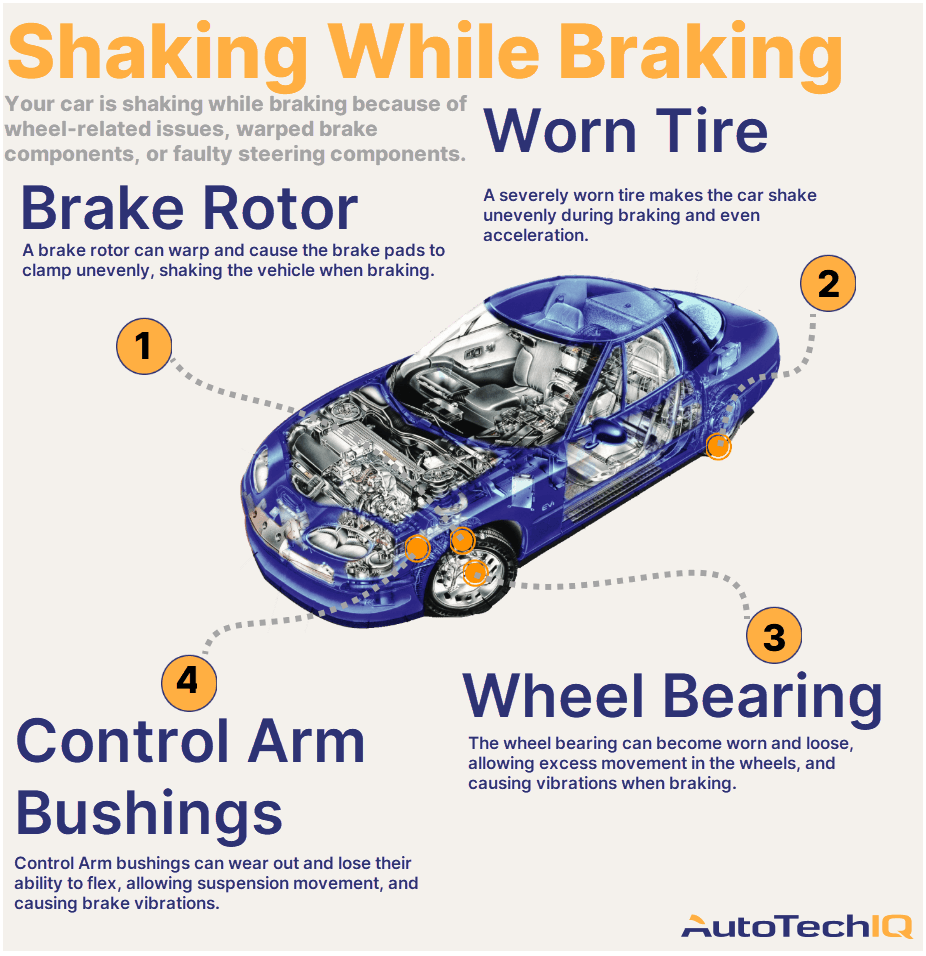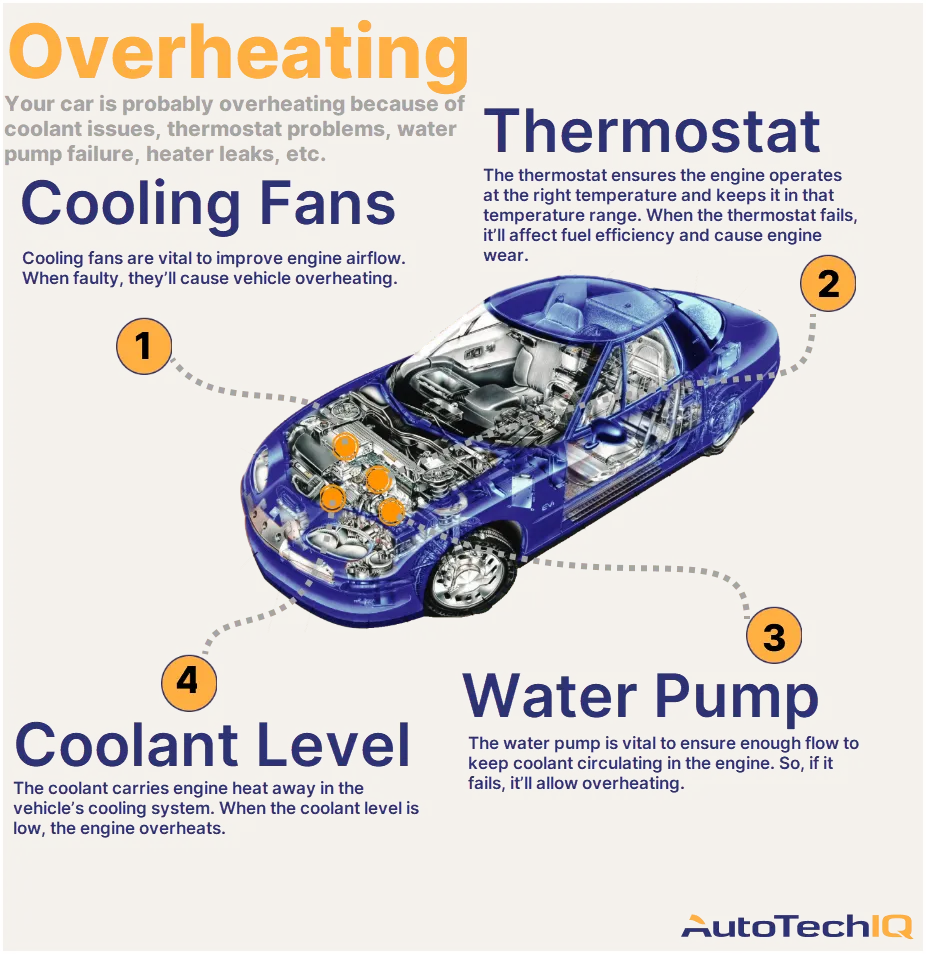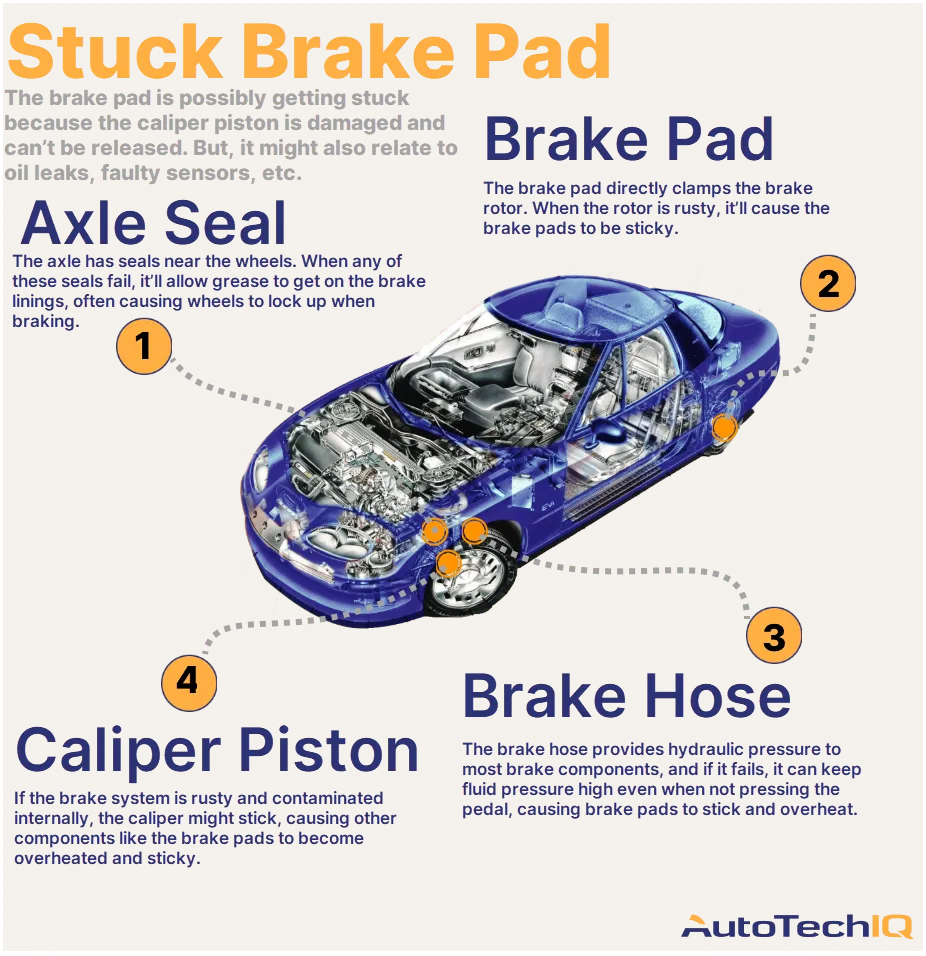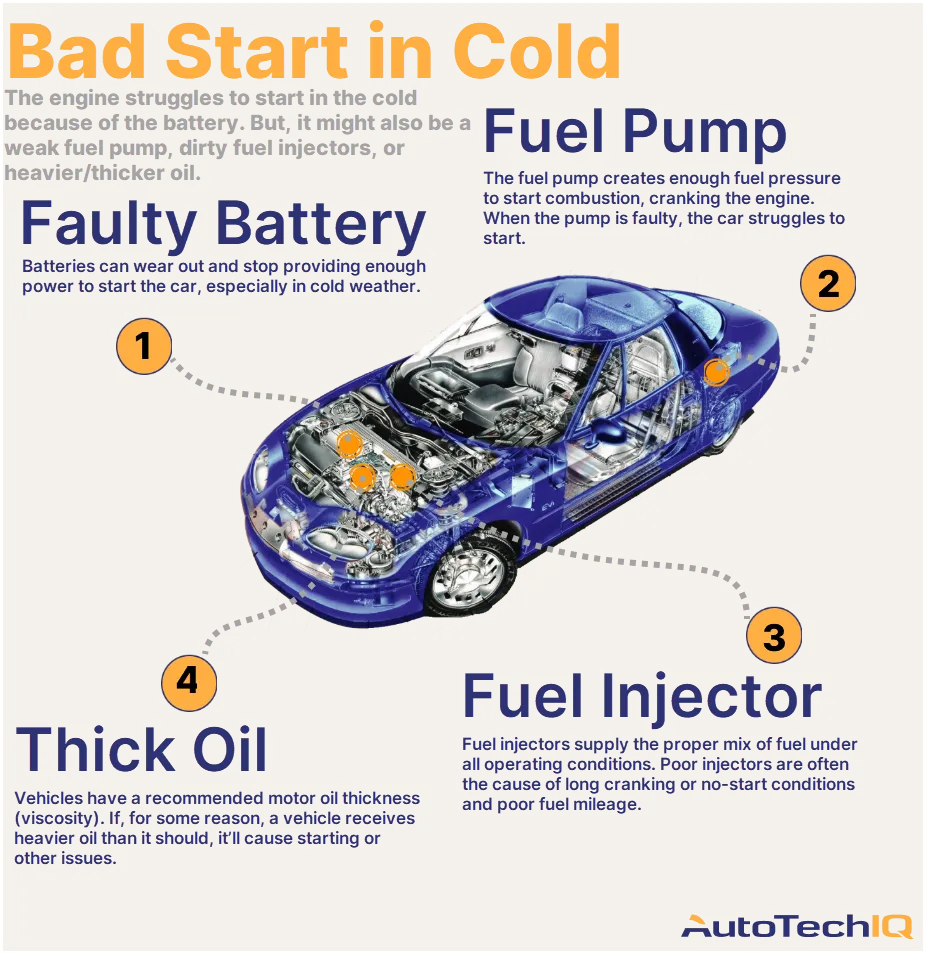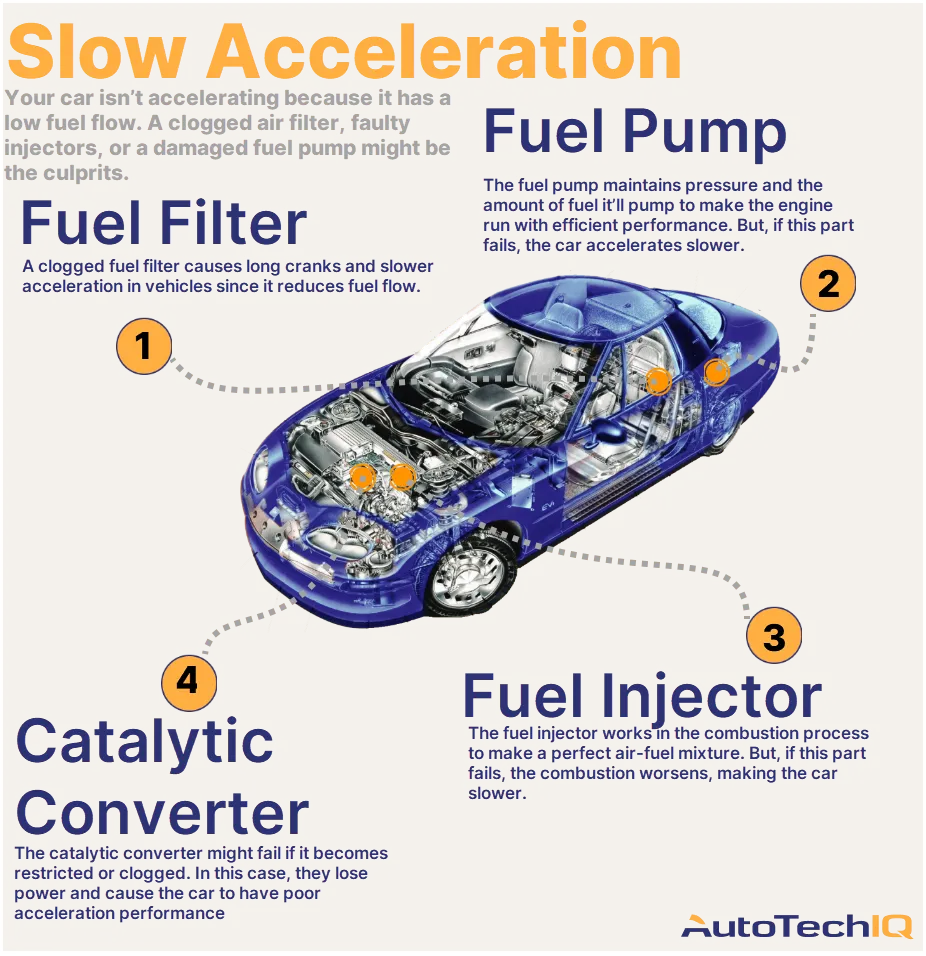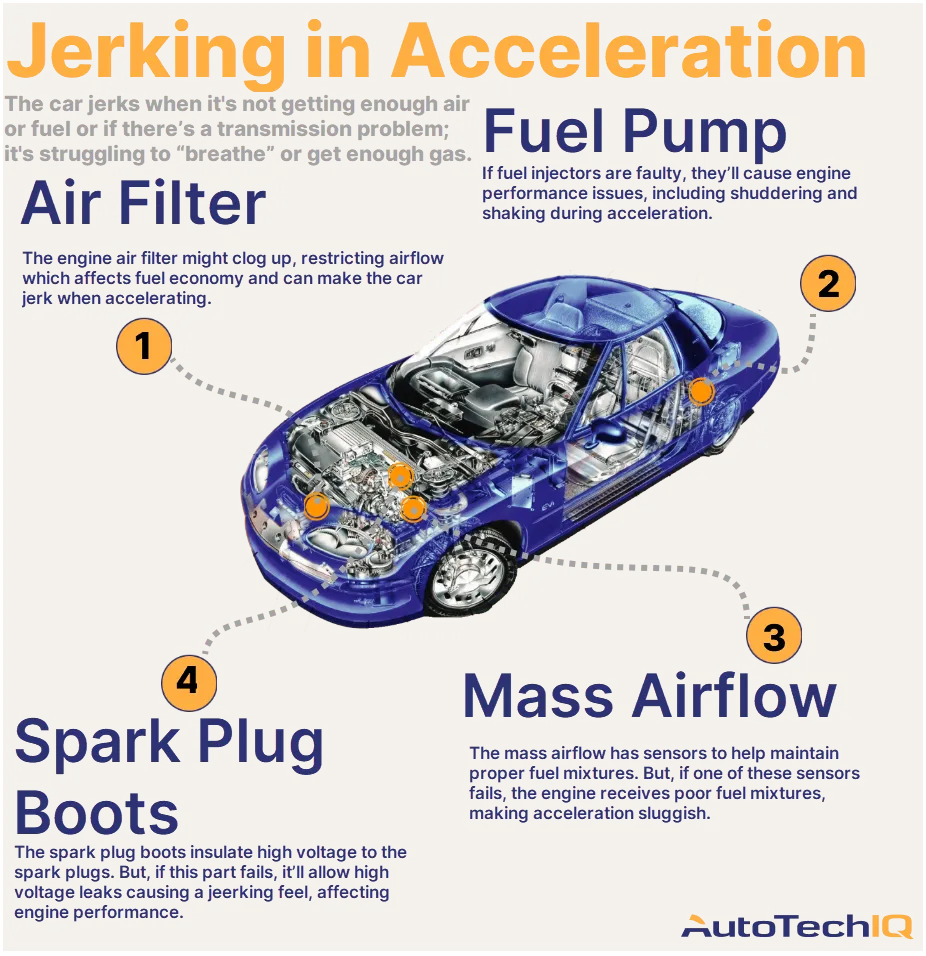Transparency example in a faulty camshaft service
A brake system inspection is the most transparent process to understand why your vehicle’s brake switch is faulty. This is because many components surrounding the brake switch and its wirings can have a say in the issue, indicating the real culprits that caused it all.
Let’s read an example of how this kind of inspection helps to service a brake switch with internal electrical issues.
A customer brought their vehicle concerned it was pulling to the right when stopping, making an odd smell. They asked about the alignment and tire check.
When the customer brought in their vehicle, they complained that the battery would die every morning when they tried to start the car. However, they could jump-start the vehicle, which would work fine throughout the day.
Additionally, they mentioned that the cruise control was not functioning properly. Interestingly, their son noticed that the brake lights stayed on when he came home later. Plus, the taillights seemed to work fine.
The technician didn't spot some of the customer's concerns during the test drive. However, they verified that the cruise control was indeed not working.
As part of the vehicle health inspection, the technician examined the battery and found it in good condition. They also checked the starting and charging system, which showed no issues. However, they discovered that the brake lights were constantly illuminated.
Upon receiving authorization for additional diagnostic work, the technician accessed the malfunctioning brake light switch under the dashboard. By disconnecting the brake light switch, they could turn off the brake lights.
Using an ohm meter, they determined that the brake light switch was faulty and not releasing the contacts as it should. It will be necessary to replace the brake light switch.

In this case, the mechanic put the “Immediate Action” tag on the brake switch.
